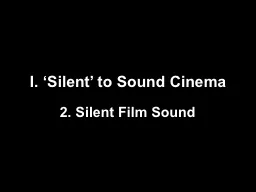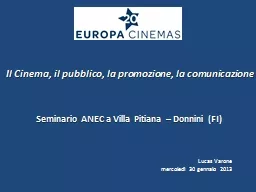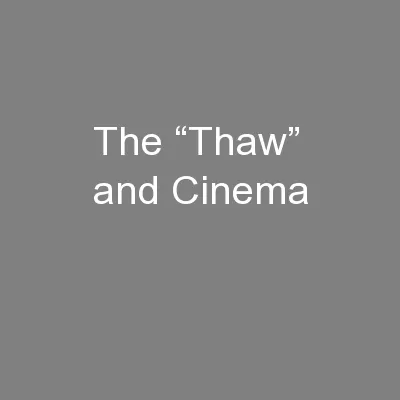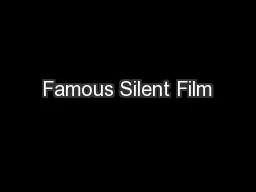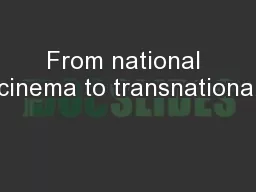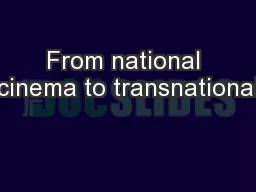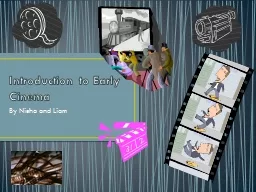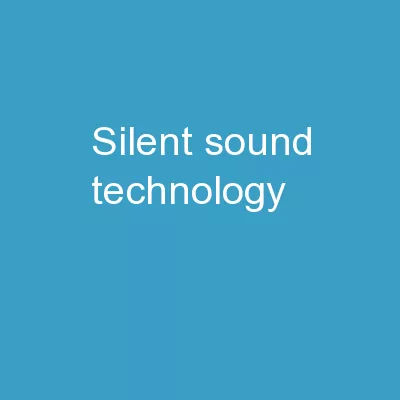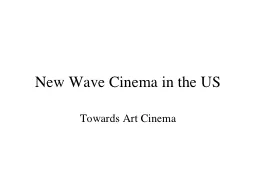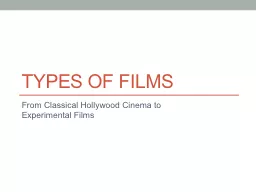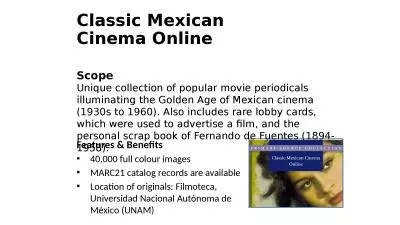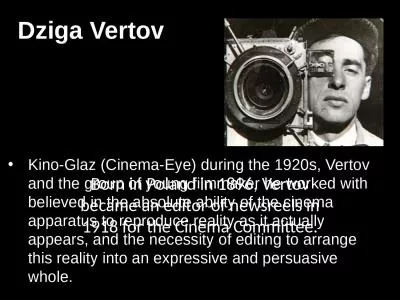PPT-I. ‘Silent’ to Sound Cinema
Author : karlyn-bohler | Published Date : 2016-05-14
2 Silent Film Sound Professor in Cinema and Comparative literature at University of Iowa Also written books on the musical film genre and edited a book on sound
Presentation Embed Code
Download Presentation
Download Presentation The PPT/PDF document "I. ‘Silent’ to Sound Cinema" is the property of its rightful owner. Permission is granted to download and print the materials on this website for personal, non-commercial use only, and to display it on your personal computer provided you do not modify the materials and that you retain all copyright notices contained in the materials. By downloading content from our website, you accept the terms of this agreement.
I. ‘Silent’ to Sound Cinema: Transcript
Download Rules Of Document
"I. ‘Silent’ to Sound Cinema"The content belongs to its owner. You may download and print it for personal use, without modification, and keep all copyright notices. By downloading, you agree to these terms.
Related Documents

